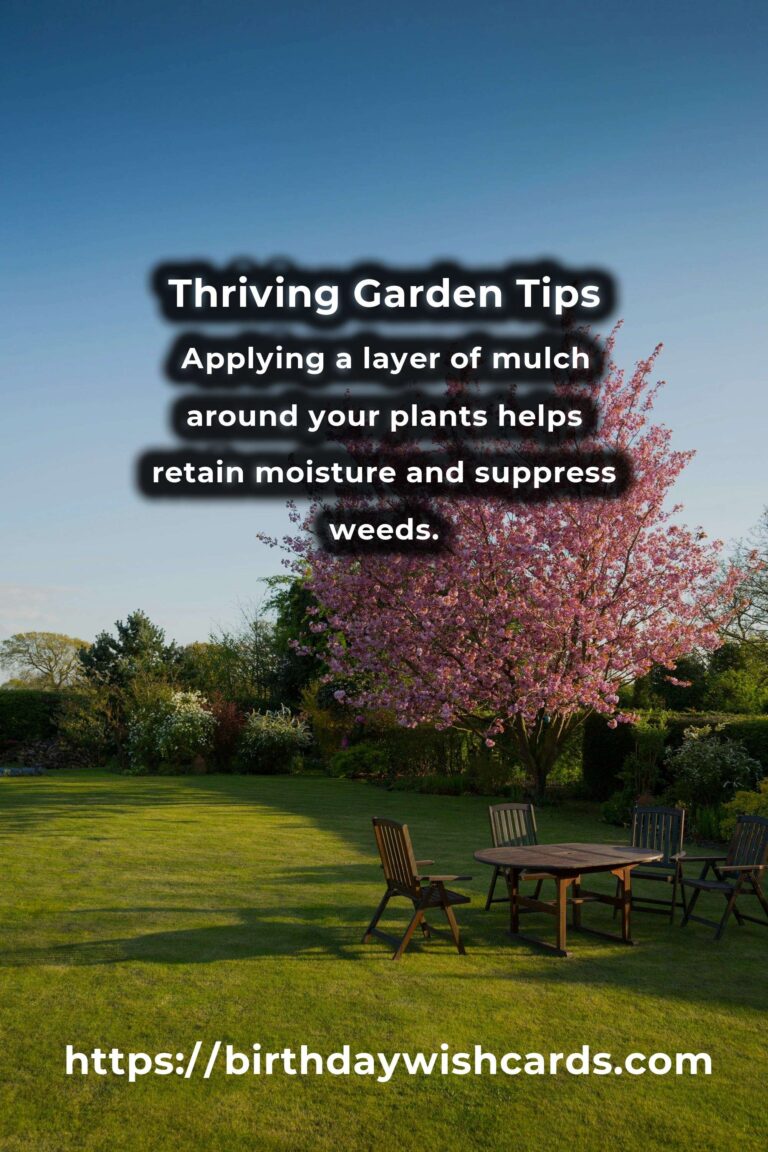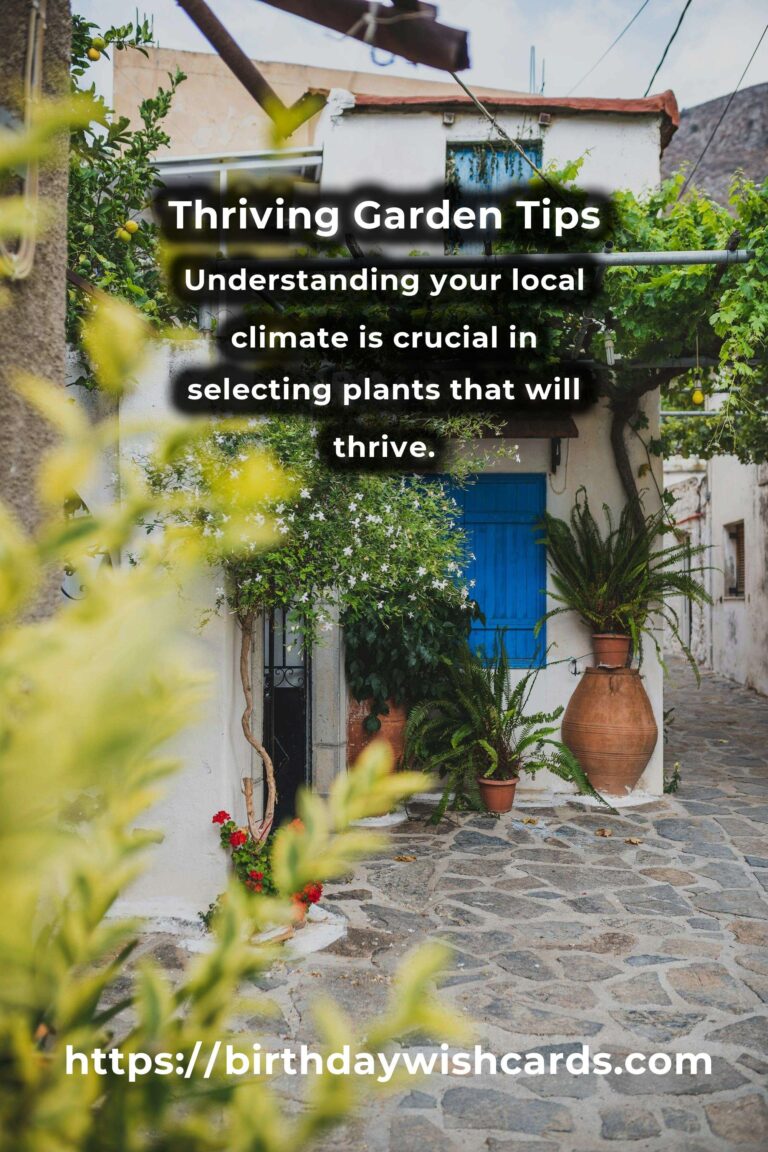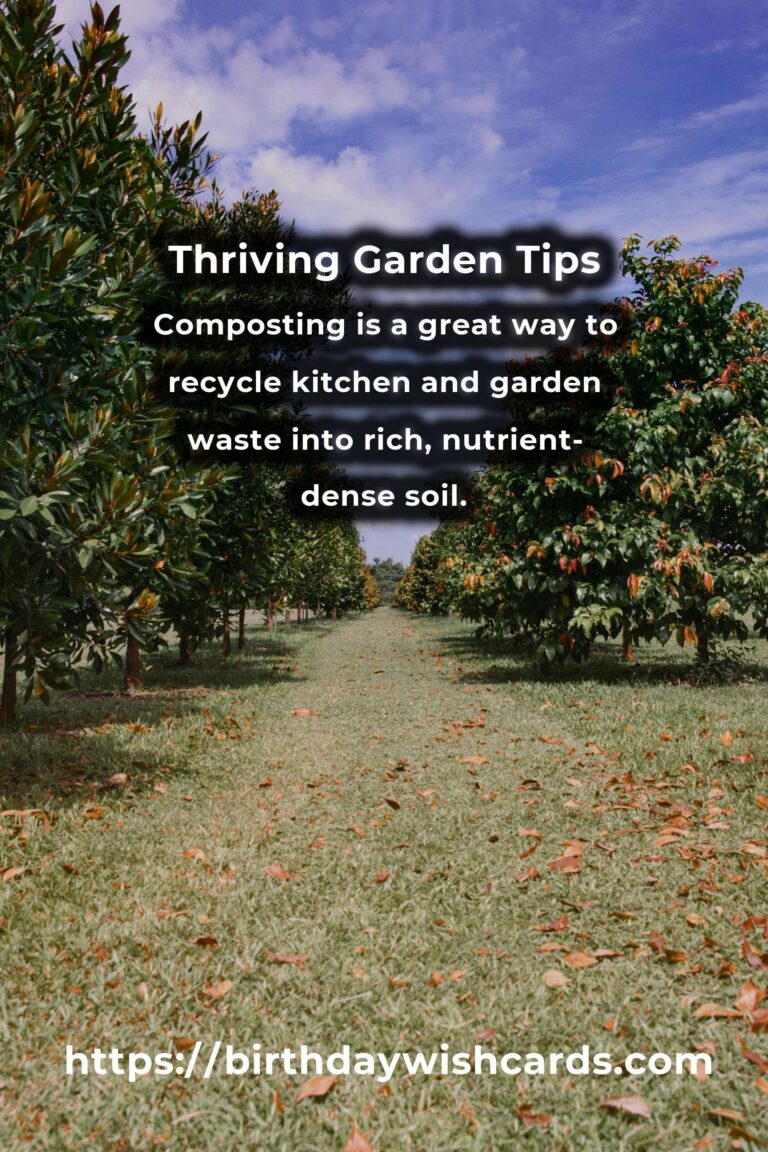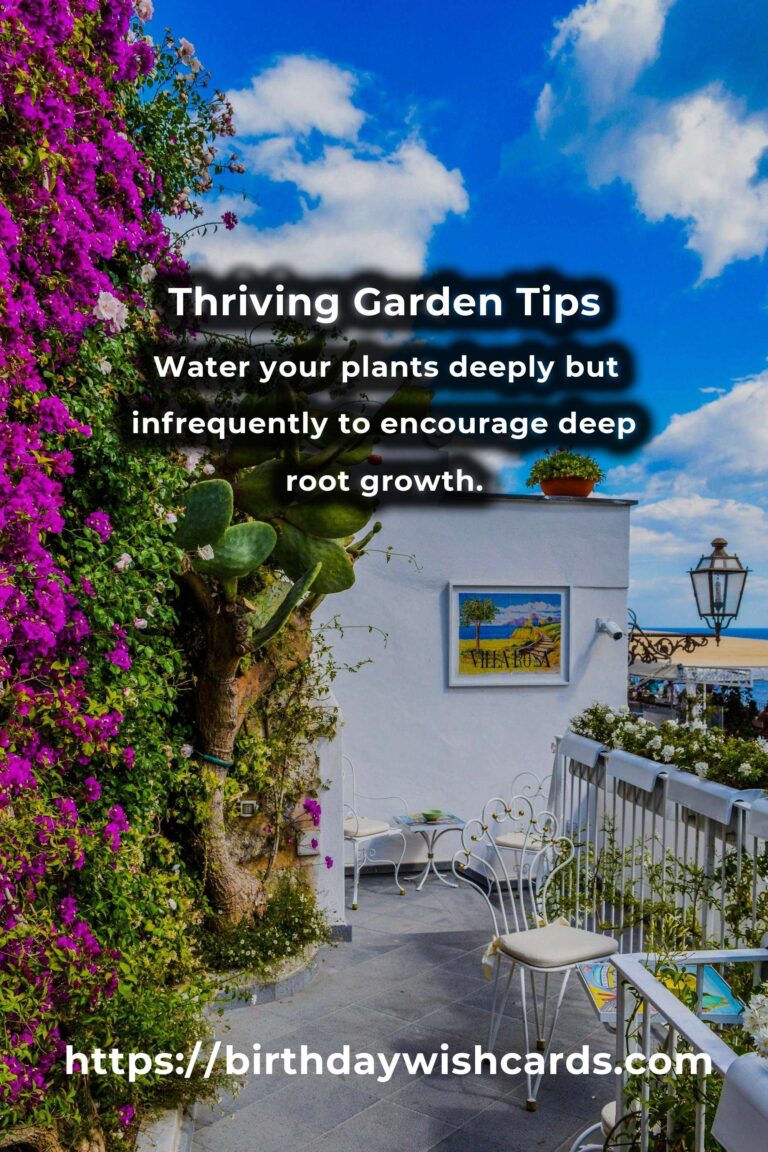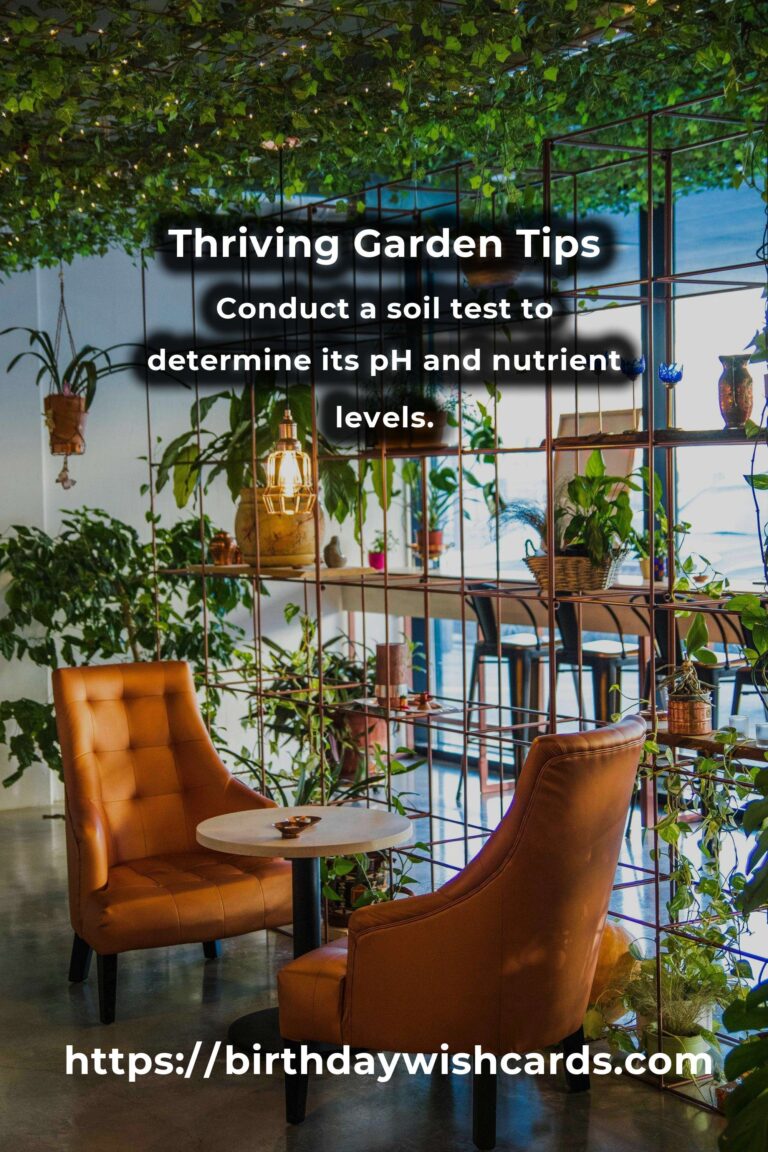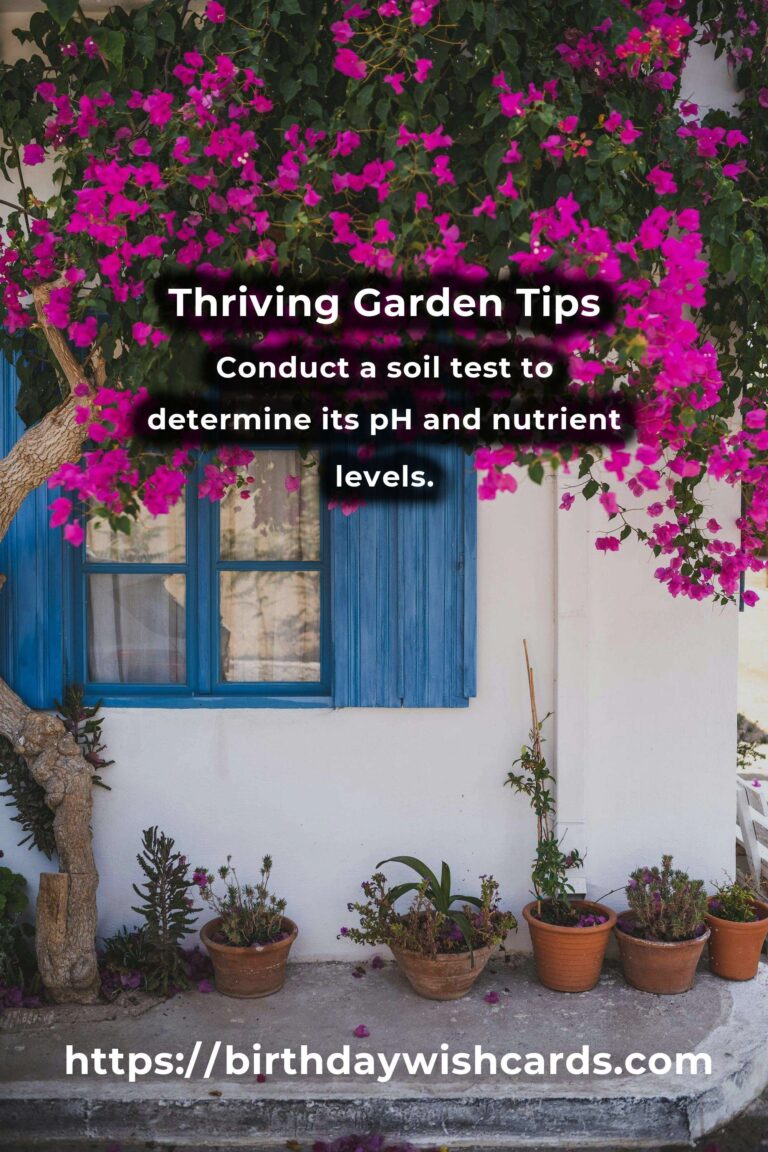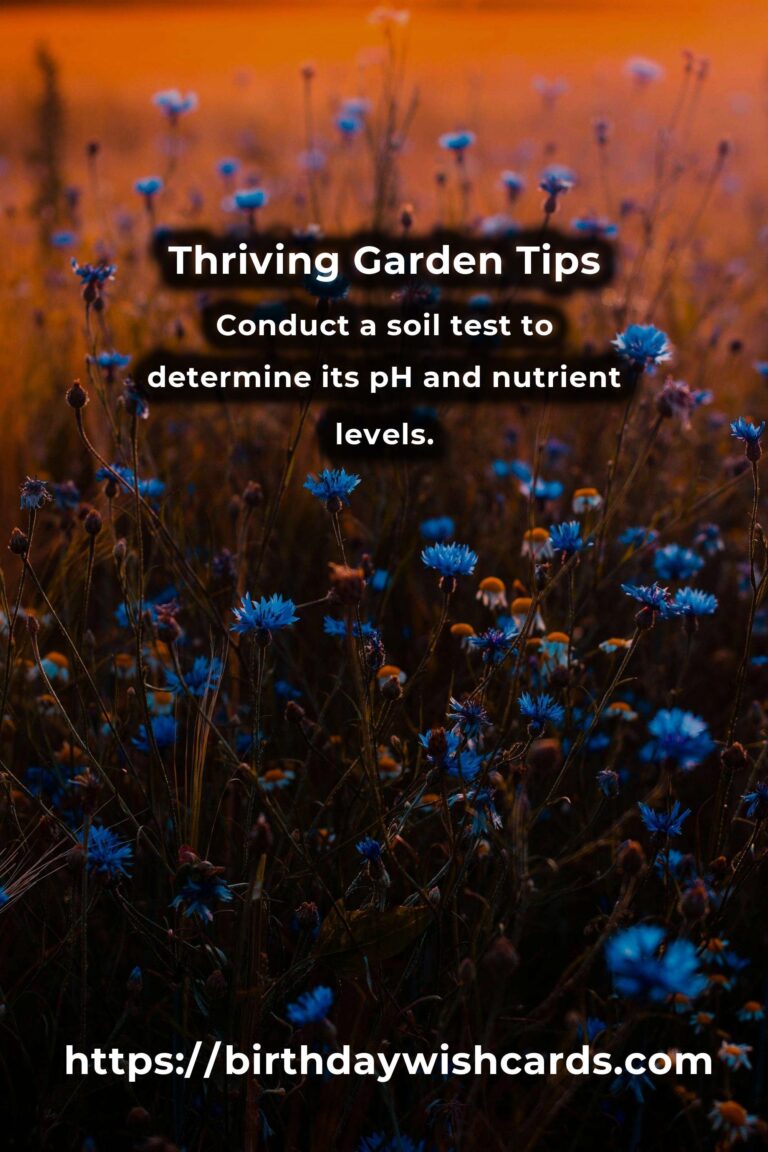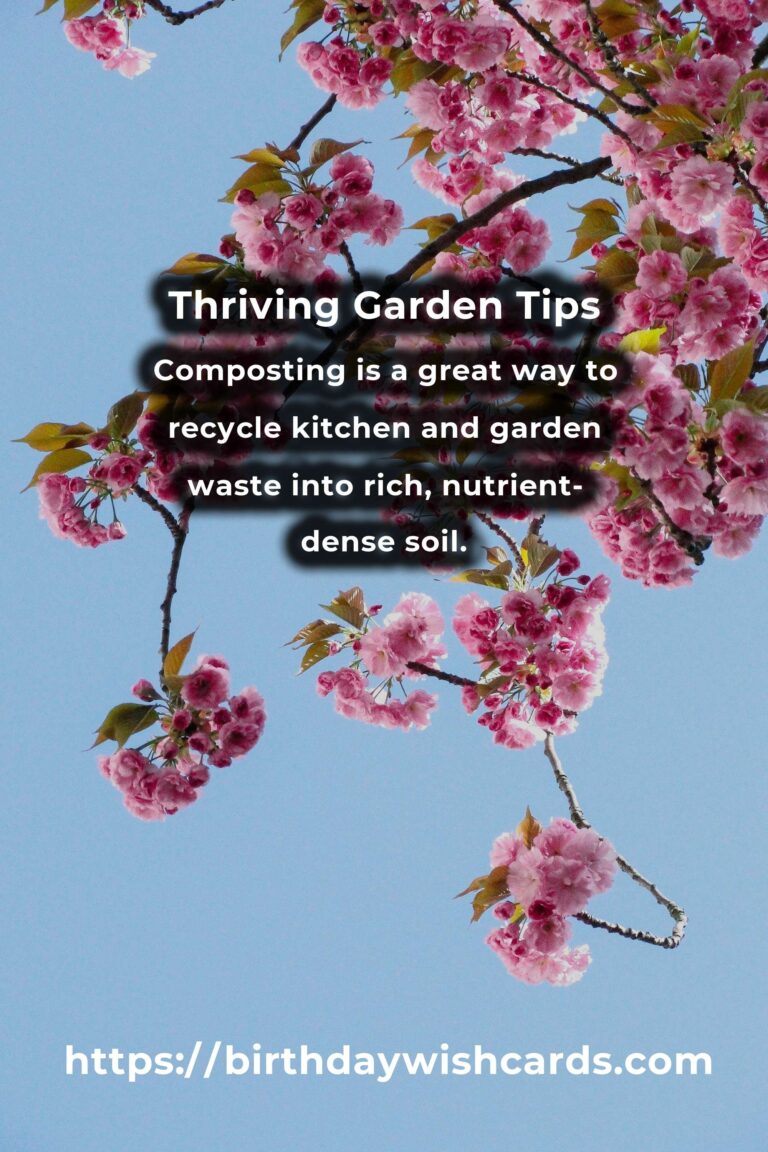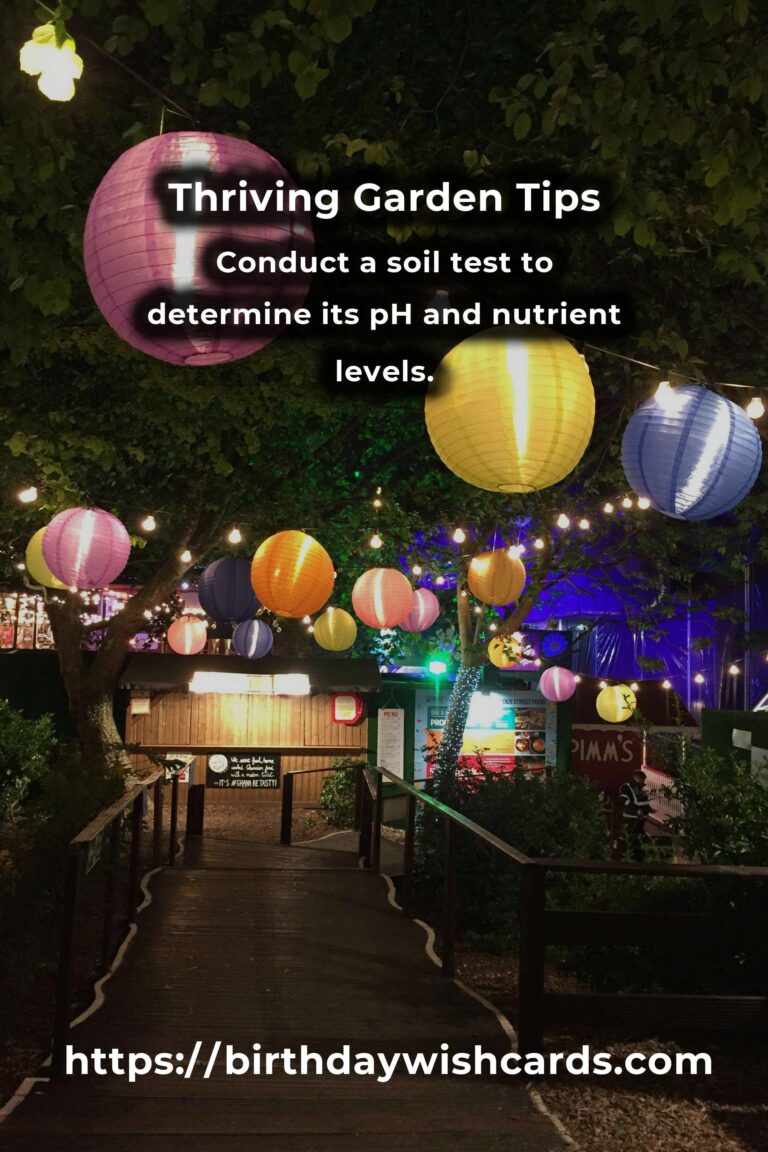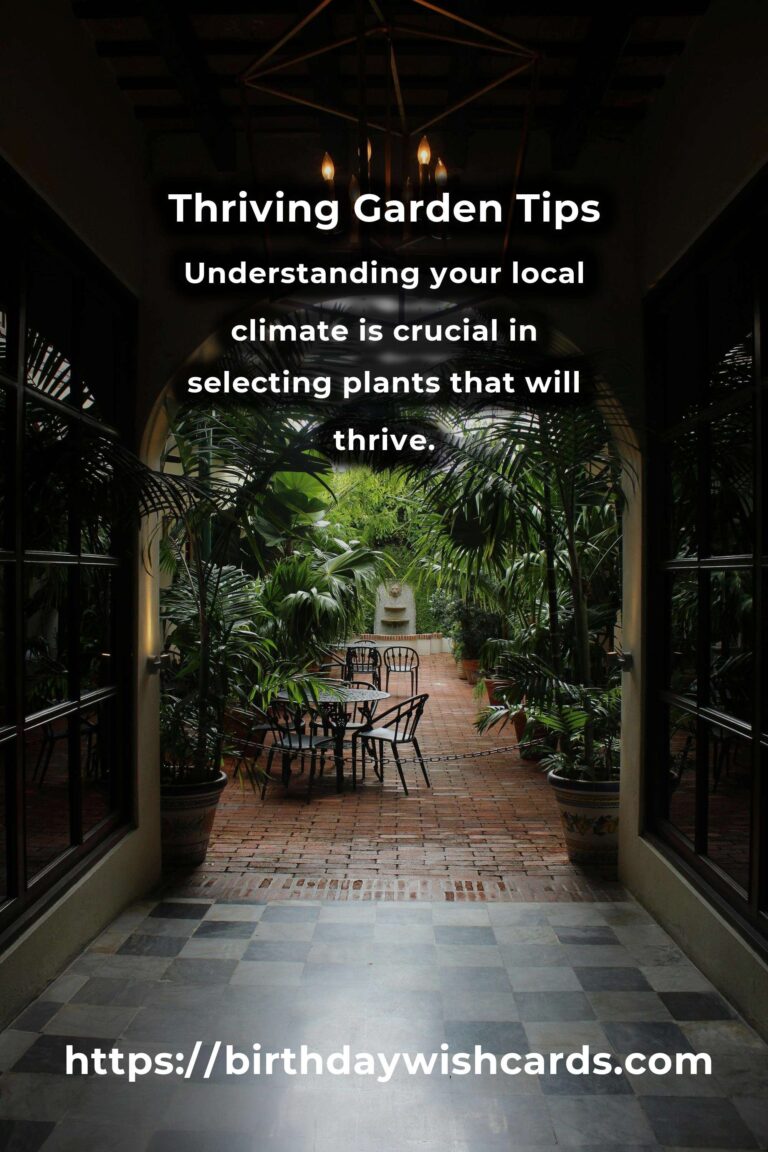
Gardening is both an art and a science that involves nurturing plants to bring life and beauty to our surroundings. Whether you are a beginner or an experienced gardener, there are always new methods and ideas to explore. Here are 24 proven gardening tips that can help you cultivate a thriving garden.
1. Choose the Right Plants for Your Climate
Understanding your local climate is crucial in selecting plants that will thrive. Research native species and those that are well-suited to your region’s temperature, rainfall, and soil conditions.
2. Test Your Soil
Conduct a soil test to determine its pH and nutrient levels. This will help you know what amendments are necessary to create optimal growing conditions for your plants.
3. Compost Regularly
Composting is a great way to recycle kitchen and garden waste into rich, nutrient-dense soil. Regularly turning your compost pile can speed up the decomposition process.
4. Water Wisely
Water your plants deeply but infrequently to encourage deep root growth. Early morning or late afternoon is the best time to water to reduce evaporation.
5. Mulch for Moisture Retention
Applying a layer of mulch around your plants helps retain moisture, suppress weeds, and add nutrients to the soil as it breaks down.
6. Practice Crop Rotation
Rotating crops each season helps prevent soil depletion and reduces the buildup of pests and diseases.
7. Use Companion Planting
Some plants, when grown together, can enhance each other’s growth and protect against pests. For example, planting marigolds near vegetables can deter nematodes.
8. Attract Beneficial Insects
Encourage beneficial insects like ladybugs and bees by planting a variety of flowers and herbs. These insects will help control pests and pollinate your plants.
9. Prune Regularly
Regular pruning helps plants stay healthy by removing dead or diseased wood, encouraging new growth, and improving air circulation.
10. Protect Plants from Extreme Weather
Use frost cloths, cloches, or windbreaks to protect sensitive plants from extreme weather conditions like frost, heat, or strong winds.
11. Know When to Harvest
Harvest your crops at the right time to ensure peak flavor and nutritional value. Pay attention to color, size, and texture as indicators of ripeness.
12. Save Seeds
Saving seeds from your best plants ensures that you have a supply of high-quality seeds for the next growing season.
13. Control Weeds Naturally
Use natural methods like mulching, hand pulling, or using vinegar to control weeds without chemicals.
14. Ensure Proper Spacing
Planting too closely can lead to competition for nutrients and increased susceptibility to disease. Follow spacing guidelines for each plant species.
15. Keep Tools Clean
Regularly clean and sharpen your gardening tools to prevent the spread of disease and make your work more efficient.
16. Create a Garden Plan
Planning your garden layout helps maximize space, ensures proper crop rotation, and allows for a diverse range of plants.
17. Use Raised Beds
Raised beds improve drainage, increase soil temperature, and make gardening more accessible.
18. Recycle Rainwater
Collect rainwater in barrels to use for irrigation, reducing your dependence on municipal water supplies.
19. Fertilize Appropriately
Use organic fertilizers to provide essential nutrients while maintaining soil health. Avoid over-fertilizing, which can harm plants and the environment.
20. Monitor for Pests
Regularly inspect your plants for signs of pests and take action quickly to prevent infestations from spreading.
21. Provide Support for Climbing Plants
Install trellises, stakes, or cages to support climbing plants like tomatoes and beans, allowing them to grow upright and receive more sunlight.
22. Practice Succession Planting
Staggering plantings ensures a continuous harvest throughout the growing season.
23. Experiment with Container Gardening
Containers are ideal for small spaces and allow you to control soil conditions and move plants to optimal locations.
24. Enjoy the Process
Remember that gardening is a rewarding journey. Take the time to enjoy the fruits of your labor and learn from each season’s successes and challenges.
By incorporating these tips into your gardening routine, you can create a lush, productive garden that brings joy and satisfaction. Happy gardening!
Understanding your local climate is crucial in selecting plants that will thrive. Conduct a soil test to determine its pH and nutrient levels. Composting is a great way to recycle kitchen and garden waste into rich, nutrient-dense soil. Water your plants deeply but infrequently to encourage deep root growth. Applying a layer of mulch around your plants helps retain moisture and suppress weeds.
#Gardening #GardenTips #GreenThumb #PlantCare #SustainableGardening


